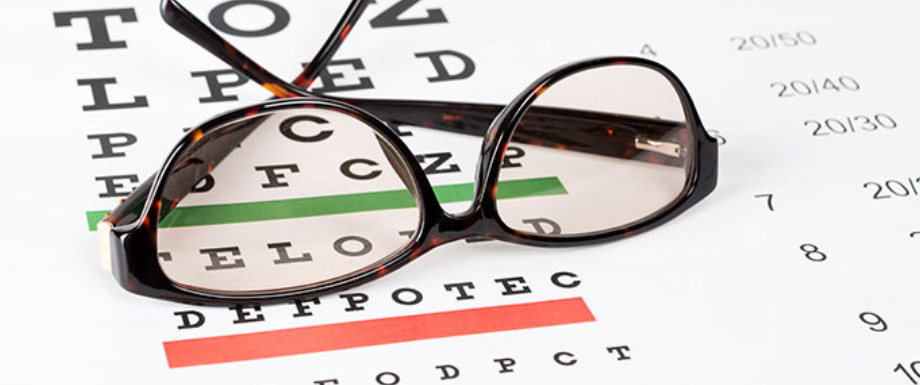There is something about eyeglasses that tends to add character to a person. We shop for latest eyeglass frames to look the best. Beyond looks, did you know that subtle changes in your eyeglass prescription actually say something about the damage diabetes has done to your eyes?
Most people are aware that one of the symptoms of diabetes is blurry vision. However, only a few of them realize the significance of this. Getting a prescription for eyeglasses is by far the only thing they do.
Why eyes need extra care in diabetes?
Diabetes is one of the primary causes for many eye diseases that lead to blindness. Diabetes causes dry eyes, smaller-sized pupils, cataracts, glaucoma, diabetic retinopathy, and macular edema. It affects every part of the eye. In fact, damage to eyes begins even before the diagnosis of diabetes.
The precursor to diabetes is prediabetes. In this stage, people already have high blood sugar levels. It is only that sugar levels are not high enough to be diagnosed as diabetes. Since sugar levels are already on the higher side, there is bound to be damage.
As blood sugar levels rise, blood vessels tend to bear the brunt of extra sugars. Stress of extra sugar levels in blood damages both the larger and smaller blood vessels. Over a period of time, these blood vessels can no longer provide cells with life-giving oxygen and nutrients. When cells do not get their quota of oxygen and nutrients, they tend to lose their efficiency and die away slowly.
This process of degeneration might be rapid in some people and gradual in others. However, there are certain clear changes in people with prediabetes also.
How diabetes affects your eyeglass prescription?
The eye is a delicate and intricate structure that has numerous small blood vessels. And, two enemies that constantly damage these delicate structures are high blood pressure and high sugar levels. Since sugar levels are high even in prediabetes, there are chances of some eye damage. In fact, some people with prediabetes already have diabetic retinopathy.
People who have refractive errors (farsightedness or near-sightedness) need eyeglasses. They generally get them as prescribed by an optometrist. If these people have diabetes, prescriptions might keep changing as diabetes causes fluctuations in vision.
As your blood sugar levels fluctuate, your eyeglass prescription changes too!
Many people might not be aware that as blood sugar levels rise, there is swelling of the lens inside the eyes. This is the primary reason for many people with undiagnosed diabetes to have decreased vision. In such cases, the eye exam might look normal, but because of high or low sugar levels, vision fluctuates. That’s why you find it difficult to zero-in on a perfect prescription.
So, how to find the right prescription?
In most cases, controlling blood sugar levels with the help of medications can reduce lens swelling inside the eyes. As soon as blood sugar levels get stabilized, you can get the right prescription without further fluctuations.
When your sugar levels are high, fluid enters the lenses and this leads to swelling. When sugar levels are controlled, this fluid recedes and normalizes the crystalline lens.
If you have diabetes or prediabetes, never ignore any changes in visual perception. Don’t write off blurry vision as being tired or just having a headache. Get an eye test and consult your diabetes doctor.
If you do not have diabetes and your current prescription glasses do not work properly, get a diabetes risk assessment today.
